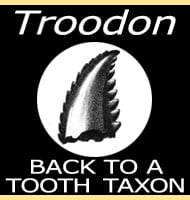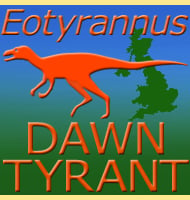Cathayornis
In Depth Cathayornis is a genus of enantiornithine bird that lived in China during the early Cretaceous. While the type species of Cathayornis, C. yandica is valid, two further species C. aberransis and C. chabuensis have also been named but are questionable as they consist of partial body parts that are not preserved in with … Read more

